Factores asociados al consumo de fármacos psicoestimulantes con fines de neuromejora en estudiantes de enfermería
Resumen
El consumo de fármacos psicoestimulantes con fines de neuromejora en estudiantes de enfermería es una preocupación emergente debido a su impacto en el desempeño académico y la salud mental. Este estudio identificó la frecuencia de este fenómeno y su asociación con autoeficacia, estrés académico y factores sociodemográficos. Se realizó un estudio transversal a través de una encuesta digital a estudiantes de enfermería en Guerrero, México, mediante muestreo en bola de nieve. La frecuencia global de consumo de fármacos psicoestimulantes con fines de neuromejora fue del 26.6%. Dada su relevancia teórica y la diferencia significativa entre niveles de autoeficacia, se estratificó el análisis. Entre estudiantes con autoeficacia en consolidación, vivir solos y presentar estrés académico significativo aumentaron el riesgo, mientras que el sexo femenino, el acompañamiento psicológico y el consumo de café actuaron como factores protectores. En contraste, entre estudiantes con autoeficacia consolidada, el consumo de tabaco incrementó el riesgo, mientras que hablar una lengua indígena fue un posible factor protector. Algunas variables mostraron asociaciones contrastantes según el nivel de autoeficacia: tener hijos fue un factor de riesgo en estudiantes con autoeficacia en consolidación, pero protector en aquellos con autoeficacia consolidada; el consumo de bebidas energéticas presentó un patrón inverso. El consumo intensivo de alcohol fue el único factor de riesgo compartido entre ambos grupos. Estos hallazgos resaltan la necesidad de intervenciones diferenciadas que fortalezcan la autoeficacia y mitiguen el impacto del estrés académico en estudiantes de enfermería.
Descargas
Citas
Antshel, K. M., Parascandola, T., Taylor, L. E., & Faraone, S. V. (2021). Achievement goal orientation and stimulant misuse in college students. Journal of American College Health, 69(2), 125–133. https://doi.org/10.1080/07448481.2019.1656635
Artino, A. R., Jr. (2012). Academic self-efficacy: From educational theory to instructional practice. Perspectives on Medical Education, 1(2), 76–85. https://doi.org/10.1007/s40037-012-0012-5
Asencio, F., Cardemil, F., Betancour, P., Celedón, F., & Martínez, F. (2009). Prevalencia y factores asociados al uso de drogas, fármacos y otras sustancias por estudiantes de medicina para aumentar el rendimiento académico. CIMEL Ciencia e Investigación Médica Estudiantil Latinoamericana, 14(2), 87-92. Recuperado de https://www.redalyc.org/pdf/717/71720562003.pdf
Asociación Mexicana de Agencias de Inteligencia de Mercado y Opinión [AMAI]. (2024). Nivel socioeconómico AMAI 2024: Nota metodológica. Recuperado de https://www.amai.org/descargas/NOTA_METODOLOGICA_NSE_AMAI_2024_v6.pdf
Babor, T. F., Higgins-Biddle, J. C., Saunders, J. B., & Monteiro, M. G. (2001). Cuestionario de Identificación de los Trastornos debidos al Consumo de Alcohol: Pautas para su utilización en Atención Primaria. Organización Mundial de la Salud. Recuperado de https://vsf-iwsold-pro-01.mscbs.gob.es/gl/areas/promocionPrevencion/alcohol/internacional/oms/docs/AUDIT.pdf
Bandura, A. (1977). Self-efficacy: Toward a unifying theory of behavioral change. Psychological Review, 84(2), 191–215. https://doi.org/10.1037/0033-295X.84.2.191
Barraza, A. (2018). Inventario SIStémico COgnoscitivista para el estudio del estrés académico: Segunda versión de 21 ítems. ECORFAN-México, Durango. Recuperado de https://www.ecorfan.org/libros/Inventario_SISCO_SV-21/Inventario_sistémico_cognoscitivista_para_el_estudio_del_estrés.pdf
Barreto Bedoya, P., Pérez Prada, M. P., Roa Robayo, G. M., López, A., & Rubiano Díaz, G. H. (2015). Consumo de sustancias psicoactivas legales e ilegales, factores de protección y de riesgo: Estado actual. Revista Investigación en Salud Universidad de Boyacá, 2(1), 31-50. Recuperado de https://revistasdigitales.uniboyaca.edu.co/index.php/rs/article/view/128
Batisse, A., Leger, S., Vicaut, E., Gerbaud, L., & Djezzar, S. (2021). Cognitive enhancement and consumption of psychoactive substances among youth students (COSYS): A cross-sectional study in France. Public Health, 194, 75–78. https://doi.org/10.1016/j.puhe.2021.02.036
Bedzow, I. (2018). The confused ethics of cognitive enhancers. Journal of Clinical Psychiatry and Neuroscience, 1, 12–14. Recuperado de https://www.pulsus.com/scholarly-articles/the-confused-ethics-of-cognitive-enhancers-4406.html
Brumboiu, I., Porrovecchio, A., Peze, T., Hurdiel, R., Cazacu, I., Mogosan, C., Ladner, J., & Tavolacci, M. P. (2021). Neuroenhancement in French and Romanian university students, motivations and associated factors. International Journal of Environmental Research and Public Health, 18(8), 3880. https://doi.org/10.3390/ijerph18083880
Cobos-Gutiérrez, M., & Emigdio-Vargas, A. (2024). Consumo no prescrito de psicoestimulantes en estudiantes universitarios de Acapulco, México: Estudio transversal. Revista Estatal de Salud Mental y Adicciones, 1(1). Recuperado de http://cloud.ses-gro.gob.mx/s/vypUgXfTSyzHld5
Daubner, J., Arshaad, M. I., Henseler, C., Hescheler, J., Ehninger, D., Broich, K., Rawashdeh, O., Papazoglou, A., & Weiergräber, M. (2021). Pharmacological neuroenhancement: Current aspects of categorization, epidemiology, pharmacology, drug development, ethics, and future perspectives. Neural Plasticity, 2021(1), 8823383. https://doi.org/10.1155/2021/8823383
Dominik, P., Waßmer, M. P., Soyka, M., & Franke, A. G. (2022). Stimulant abuse as a coping strategy—Forensic and criminal consequences of stimulant abuse for neuroenhancement. Frontiers in Public Health, 10, 1028654. https://doi.org/10.3389/fpubh.2022.1028654
Dos Santos Iria, L., Sato De Paula, L., Muniz Dos Santos, M. R., De Paula Sampaio, N., Alves Rodrigues, T., & Ferreira Agüero, M. A. (2022). Uso y efectos de nootrópicos (smart drugs) por los estudiantes de medicina. Ciencia Latina Revista Científica Multidisciplinar, 6(5), 4710-4722. https://doi.org/10.37811/cl_rcm.v6i5.3431
DeSantis, A. D., Webb, E. M., & Noar, S. M. (2008). Illicit use of prescription ADHD medications on a college campus: A multimethodological approach. Journal of American College Health, 57(3), 315–324. https://doi.org/10.3200/JACH.57.3.315-324
Edinoff, A. N., Nix, C. A., McNeil, S. E., Wagner, S. E., Johnson, C. A., Williams, B. C., Cornett, E. M., Murnane, K. S., Kaye, A. M., & Kaye, A. D. (2022). Prescription stimulants in college and medical students: A narrative review of misuse, cognitive impact, and adverse effects. Psychiatry International, 3(3), 221–235. https://doi.org/10.3390/psychiatryint3030018
Emigdio-Vargas, A., Morales-Pérez, A., Nava-Aguilera, E., Dávalos-Martínez, A., Blanco-García, N., Barrera-Rodriguez, E., Morales-Nava, L., & Andersson, N. (2023). Prevalence and associated factors of binge drinking among high school students in Acapulco, Mexico: A cross-sectional study. Drugs: Education, Prevention and Policy, 30(6), 603-612. https://doi.org/10.1080/09687637.2022.2114876
Faraone, S. V., Rostain, A. L., Montano, C. B., Mason, O., Antshel, K. M., & Newcorn, J. H. (2020). Systematic review: Nonmedical use of prescription stimulants: Risk factors, outcomes, and risk reduction strategies. Journal of the American Academy of Child and Adolescent Psychiatry, 59(1), 100–112. https://doi.org/10.1016/j.jaac.2019.06.012
Flores-Medina, P., & Carrillo-Mora, P. (2022). Opinion and prevalence of use of central nervous system stimulants in open population: Results of an electronic survey. Revista Mexicana de Neurociencia, 23(5), 171-176. https://doi.org/10.24875/RMN.220000031
Fonseca, F., Robles-Martínez, M., Tirado-Muñoz, J., Alías-Ferri, M., Mestre-Pintó, J. I., Coratu, A. M., & Torrens, M. (2021). A gender perspective of addictive disorders. Current Addiction Reports, 8(1), 89–99. https://doi.org/10.1007/s40429-021-00357-9
Franco Alves, M., Pires de Aguiar, J., & Zandonadi Lamas, A. (2021). Estudo do uso de psicoestimulantes por acadêmicos de enfermagem. Revista Recien - Revista Científica de Enfermagem, 11(34), 287–295. https://doi.org/10.24276/rrecien2021.11.34.287-295
Gómez-Clavelina, F. J., & Rosas, E. R. (2020). Una nueva propuesta para la interpretación de Family APGAR (versión en español). Atención Familiar, 17(4). https://doi.org/10.22201/facmed.14058871p.2010.4.21348
Günther, N. (2018). The relationship between cognitive enhancement drug use and self-efficacy: The mediating effect of stress [Tesis de licenciatura, Universidad de Twente]. Universidad de Twente. Recuperado de http://essay.utwente.nl/75194/
Hajduk, M., Tiedemann, E., Romanos, M., & Simmenroth, A. (2024). Neuroenhancement and mental health in students from four faculties - A cross-sectional questionnaire study. GMS Journal for Medical Education, 41(1), Doc9. https://doi.org/10.3205/zma001664
Heller, S., Tibubos, A. N., Hoff, T. A., Werner, A. M., Reichel, J. L., Mülder, L. M., Schäfer, M., Pfirrmann, D., Stark, B., Rigotti, T., Simon, P., Beutel, M. E., Letzel, S., & Dietz, P. (2022). Potential risk groups and psychological, psychosocial, and health behavioral predictors of pharmacological neuroenhancement among university students in Germany. Scientific Reports, 12(1), 937. https://doi.org/10.1038/s41598-022-04891-y
Jones, F., & Newton, P. M. (2024). Prevalence of the use of prescription stimulants as “study drugs” by UK university students: A brief report. Brain and Behavior, 14(2), e3419. https://doi.org/10.1002/brb3.3419
Kirkpatrick, Z. A., & Boyd, C. J. (2018). Stimulant use among undergraduate nursing students. Journal of Addictions Nursing, 29(2), 84–89. https://doi.org/10.1097/JAN.0000000000000219
Magnotti, S., Beatty, A., Bickford, E., Channell, I., & Weyandt, L. (2023). Prescription stimulant misuse among nursing students: A systematic review. Journal of Addictions Nursing, 34(3), 216–223. https://doi.org/10.1097/JAN.0000000000000539
Maier, L. J., & Schaub, M. P. (2015). The use of prescription drugs and drugs of abuse for neuroenhancement in Europe: Not widespread but a reality. European Psychologist, 20(3), 155–166. https://doi.org/10.1027/1016-9040/a000228
Marazziti, D., Avella, M. T., Ivaldi, T., Palermo, S., Massa, L., Vecchia, A. D., Basile, L., & Mucci, F. (2021). Neuroenhancement: State of the art and future perspectives. Clinical Neuropsychiatry, 18(3), 137–169. https://doi.org/10.36131/cnfioritieditore20210303
Martins, M. F., Vanoni, S., & Carlini, V. P. (2020). Consumo de psicoestimulantes como potenciadores cognitivos por estudiantes de Medicina de Universidad Nacional de Córdoba. Revista de la Facultad de Ciencias Médicas de Córdoba, 77(4), 254-259. https://doi.org/10.31053/1853.0605.v77.n4.28166
Menéndez, E. L. (2023). De omisiones especializadas: La biomedicina como parte intrínseca de la vida de los pueblos originarios. Salud Colectiva, 19, e4539. https://doi.org/10.18294/sc.2023.4539
Merwid-Ląd, A., Passon, M., Drymluch, P., Głuszyński, M., Szeląg, A., & Matuszewska, A. (2023). Do medical universities students use cognitive enhancers while learning? - Conclusions from the study in Poland. Life (Basel, Switzerland), 13(3), 820. https://doi.org/10.3390/life13030820
Millingalli Ortega, L. N., & Guarate Coronado, Y. C. (2024). Consumo de drogas y su influencia en el rendimiento académico de los estudiantes de enfermería. Ibero-American Journal of Health Science Research, 4(2), 367–377. https://doi.org/10.56183/iberojhr.v4i2.699
Napoletano, F., Schifano, F., Corkery, J. M., Guirguis, A., Arillotta, D., Zangani, C., & Vento, A. (2020). The psychonauts’ world of cognitive enhancers. Frontiers in Psychiatry, 11, 546796. https://doi.org/10.3389/fpsyt.2020.546796
Narayanan, A., Gill, M., Leem, C., Li, C., Mein Smith, F., Shepherd, B., Ting, S., van Bart, K., Green, J. A., Samaranayaka, A., Ergler, C., & Macmillan, A. (2021). Students' use of caffeine, alcohol, dietary supplements, and illegal substances for improving academic performance in a New Zealand university. Health Psychology and Behavioral Medicine, 9(1), 917–932. https://doi.org/10.1080/21642850.2021.1990763
Noonan, M., Zajner, C., & Bzdok, D. (2023). Home alone: A population neuroscience investigation of brain morphology substrates. NeuroImage, 269, 119936. https://doi.org/10.1016/j.neuroimage.2023.119936
Pinto-Venegas, J. P. (2023). ¿Qué es la neuromejora? Hacia una comprensión enactiva del fenómeno. Revista AJAYU, 21(2), 148–155. https://doi.org/10.35319/ajayu.212215
Purwandari, R., Afandi, A. T., Amini, D. A., Ardiana, A., & Kurniawan, D. E. (2023). The overview of self-efficacy among nursing students. Babali Nursing Research, 4(1), 100-108. https://doi.org/10.37363/bnr.2023.41184
Ram, S. S., Russell, B., Kirkpatrick, C., Stewart, K., Scahill, S., Henning, M., Curley, L., & Hussainy, S. (2020). Professionals' attitudes towards the use of cognitive enhancers in academic settings. PloS one, 15(11), e0241968. https://doi.org/10.1371/journal.pone.0241968
Ribeiro da Silva, C., Ribeiro da Silva, I., & Machado das Neves, A. L. (2024). Turbocharged trajectories in higher education: Cognitive enhancement and academic performance of medical students. Revista Brasileira de Educação Médica, 48, e122. https://doi.org/10.1590/1981-5271v48.4-2023-0229.ING
Ricci, G. (2020). Pharmacological human enhancement: An overview of the looming bioethical and regulatory challenges. Frontiers in Psychiatry, 11, 53. https://doi.org/10.3389/fpsyt.2020.00053
Sagasti Pazos, L. (2023). El principio terapéutico frente al potenciamiento cognitivo mediante fármacos. Medicina y ética, 34(3), 649-719. https://doi.org/10.36105/mye.2023v34n3.02
Şekerci, B. S., Bektay, M. Y., & Bildik, Ö. (2024). Non-medical use of prescription psychostimulants and academic performance in medical students. Clinical and Experimental Health Sciences, 14(1), 54–59. https://doi.org/10.33808/clinexphealthsci.1153624
Sharif, S., Guirguis, A., Fergus, S., & Schifano, F. (2021). The use and impact of cognitive enhancers among university students: A systematic review. Brain Sciences, 11(3), 355. https://doi.org/10.3390/brainsci11030355
Sheldon, P., Mendez-Montejano, J., Michalak, A. J., Navarro, J. J., Bradley, C., Mongalo, M., & Zavala-Cerna, M. G. (2024). Pharmacological cognitive enhancement among international medical students: Assessing study habits as a novel factor. Medical Science Educator, 34(6), 1353–1360. https://doi.org/10.1007/s40670-024-02113-w
Stewart, T. D., & Reed, M. B. (2015). Lifetime nonmedical use of prescription medications and socioeconomic status among young adults in the United States. The American Journal of Drug and Alcohol Abuse, 41(5), 458–464. https://doi.org/10.3109/00952990.2015.1060242
Tomažič, T., & Čelofiga, A. K. (2022). The Role of Different Behavioral and Psychosocial Factors in the Context of Pharmaceutical Cognitive Enhancers' Misuse. Healthcare (Basel, Switzerland), 10(6), 972. https://doi.org/10.3390/healthcare10060972
Vállejo Gómez, L. (2021). Fiabilidad y validez de un instrumento para evaluar la autoeficacia en competencias integrales en enfermería [Tesis de maestría, Universidad Michoacana de San Nicolás de Hidalgo, División de Estudios de Posgrado, Facultad de Enfermería]. Universidad Michoacana de San Nicolás de Hidalgo. Recuperado de http://bibliotecavirtual.dgb.umich.mx:8083/xmlui/handle/DGB_UMICH/5656
Verdi, G., Weyandt, L. L., & Zavras, B. M. (2016). Non-medical prescription stimulant use in graduate students: Relationship with academic self-efficacy and psychological variables. Journal of Attention Disorders, 20(9), 741–753. https://doi.org/10.1177/1087054714529816
Yao, X., Yu, L., Shen, Y., Kang, Z., & Wang, X. (2021). The role of self-efficacy in mediating between professional identity and self-reported competence among nursing students in the internship period: A quantitative study. Nurse Education in Practice, 57, 103252. https://doi.org/10.1016/j.nepr.2021.103252
Derechos de autor 2025 Maricarmen Cobos Gutiérrez, Abel Emigdio Vargas, Maximina Gil Nava

Esta obra está bajo licencia internacional Creative Commons Reconocimiento 4.0.



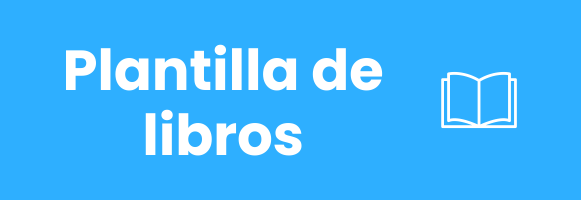
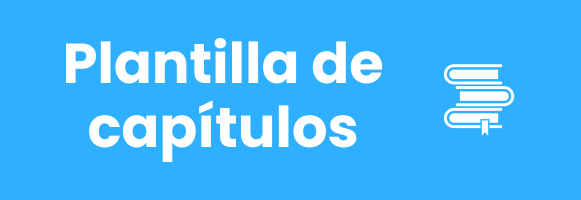
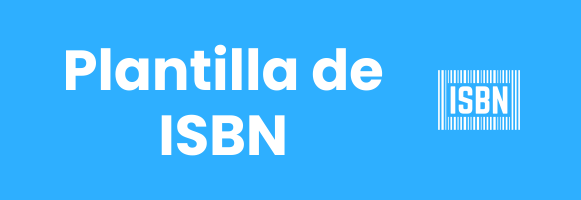

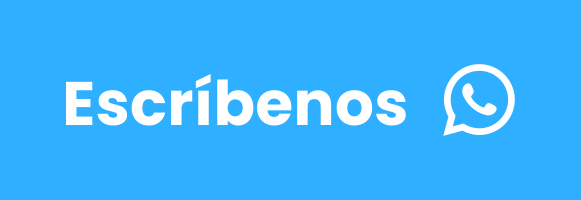


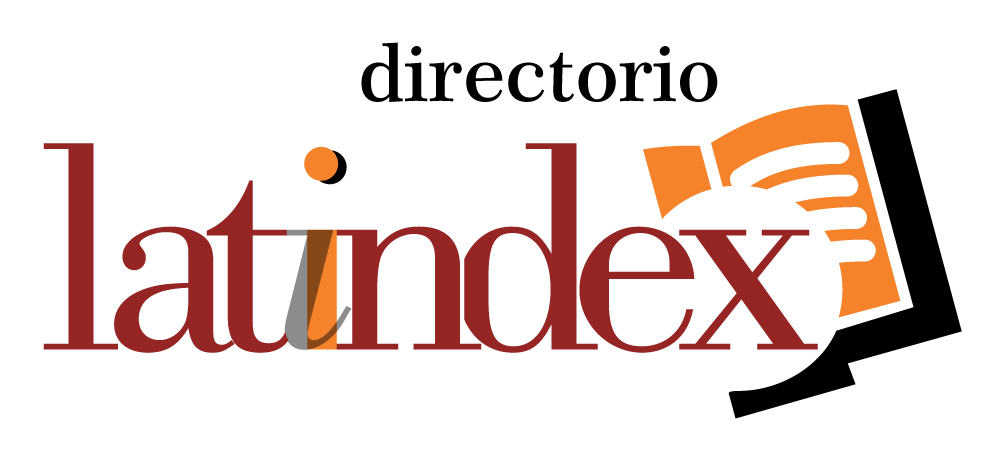
.png)
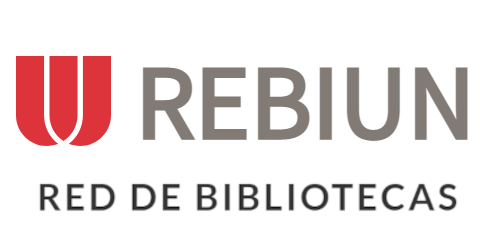







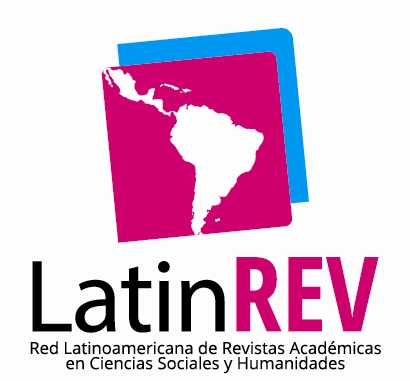

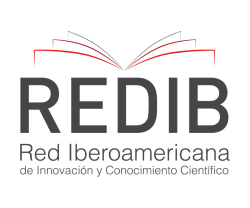


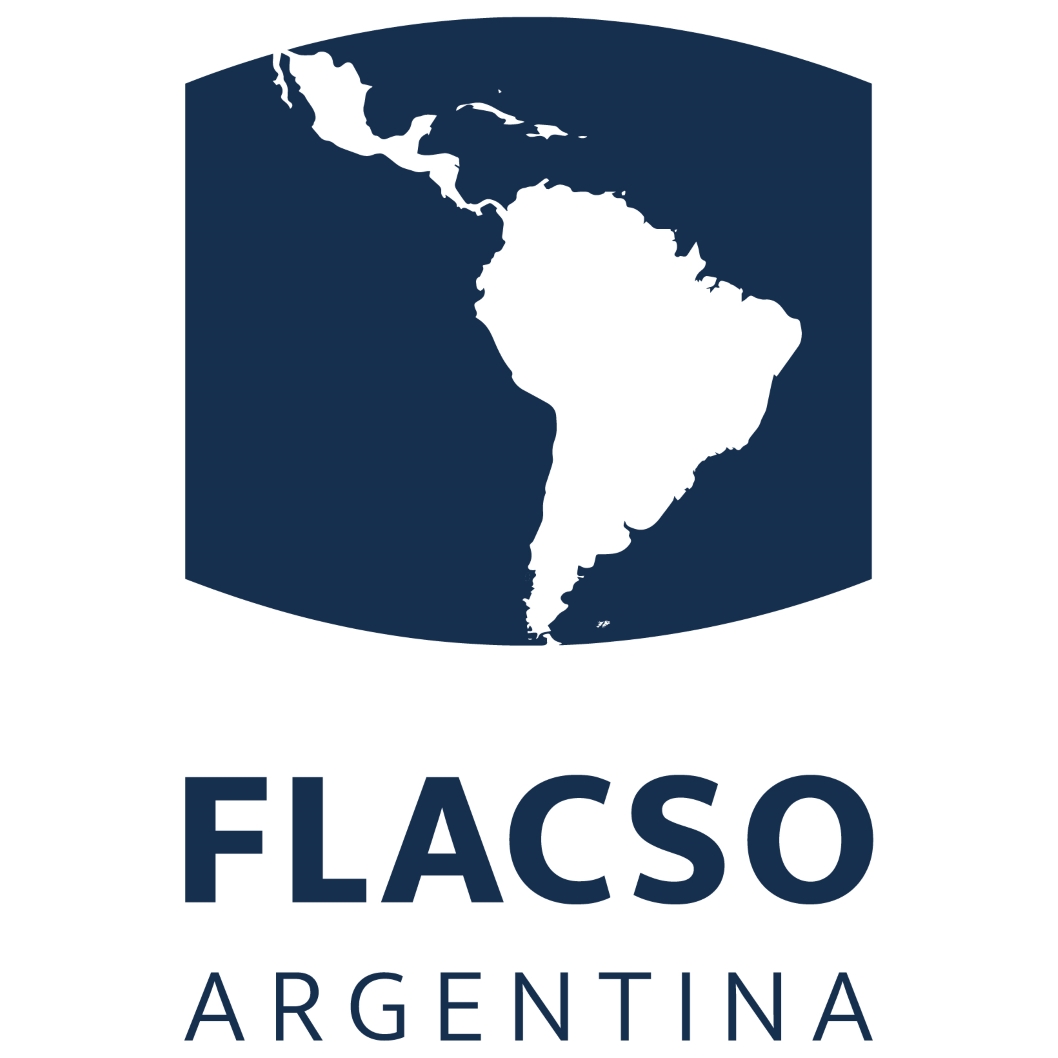

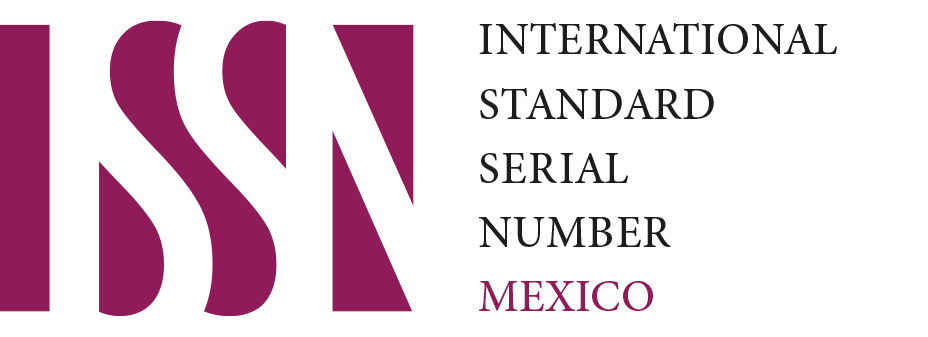
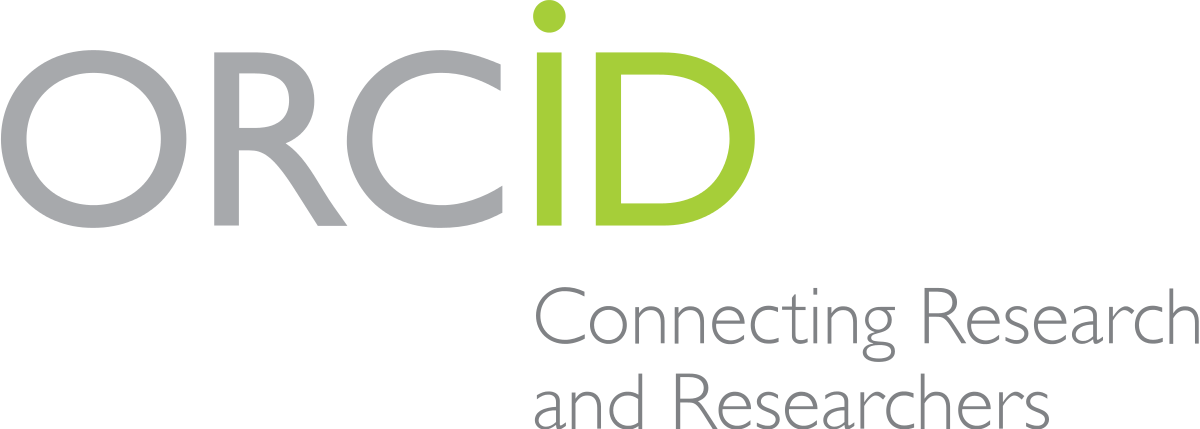



.png)
1.png)


